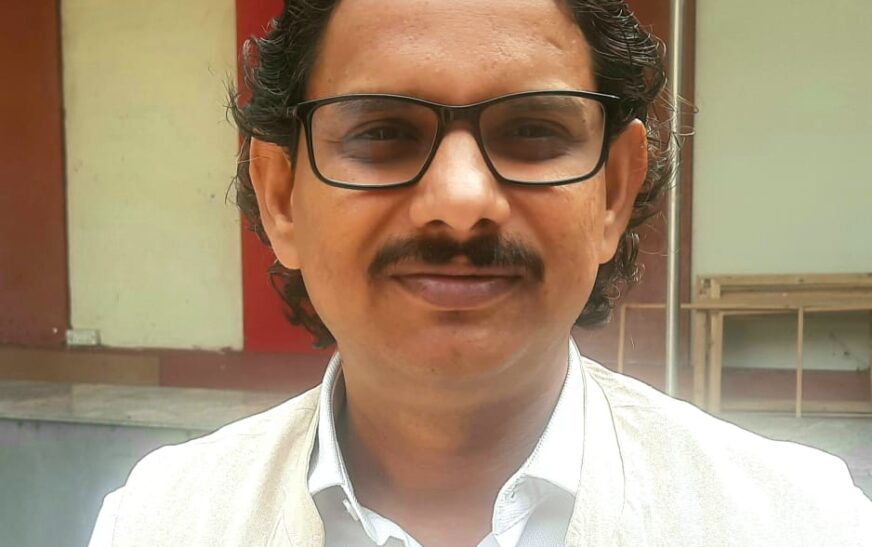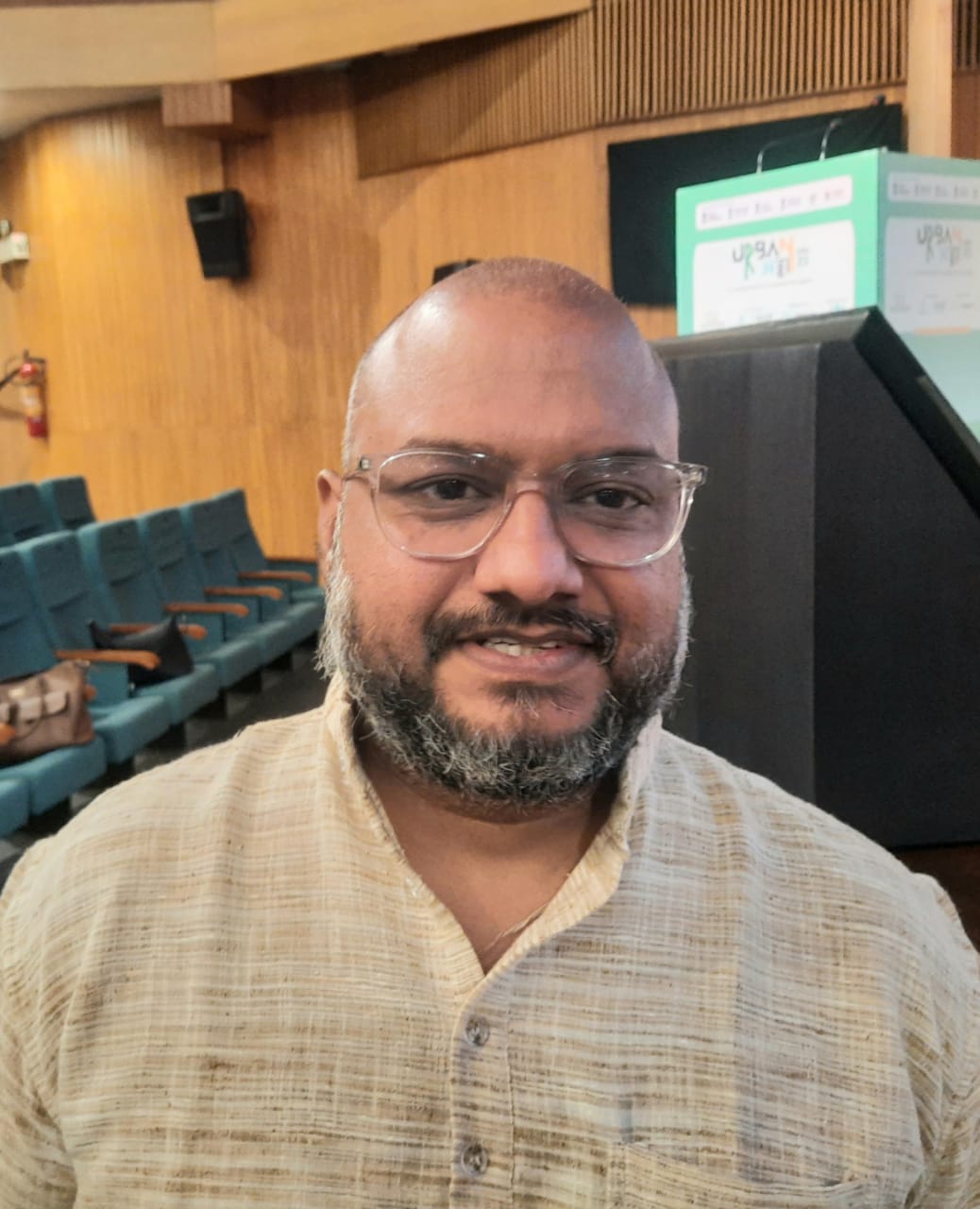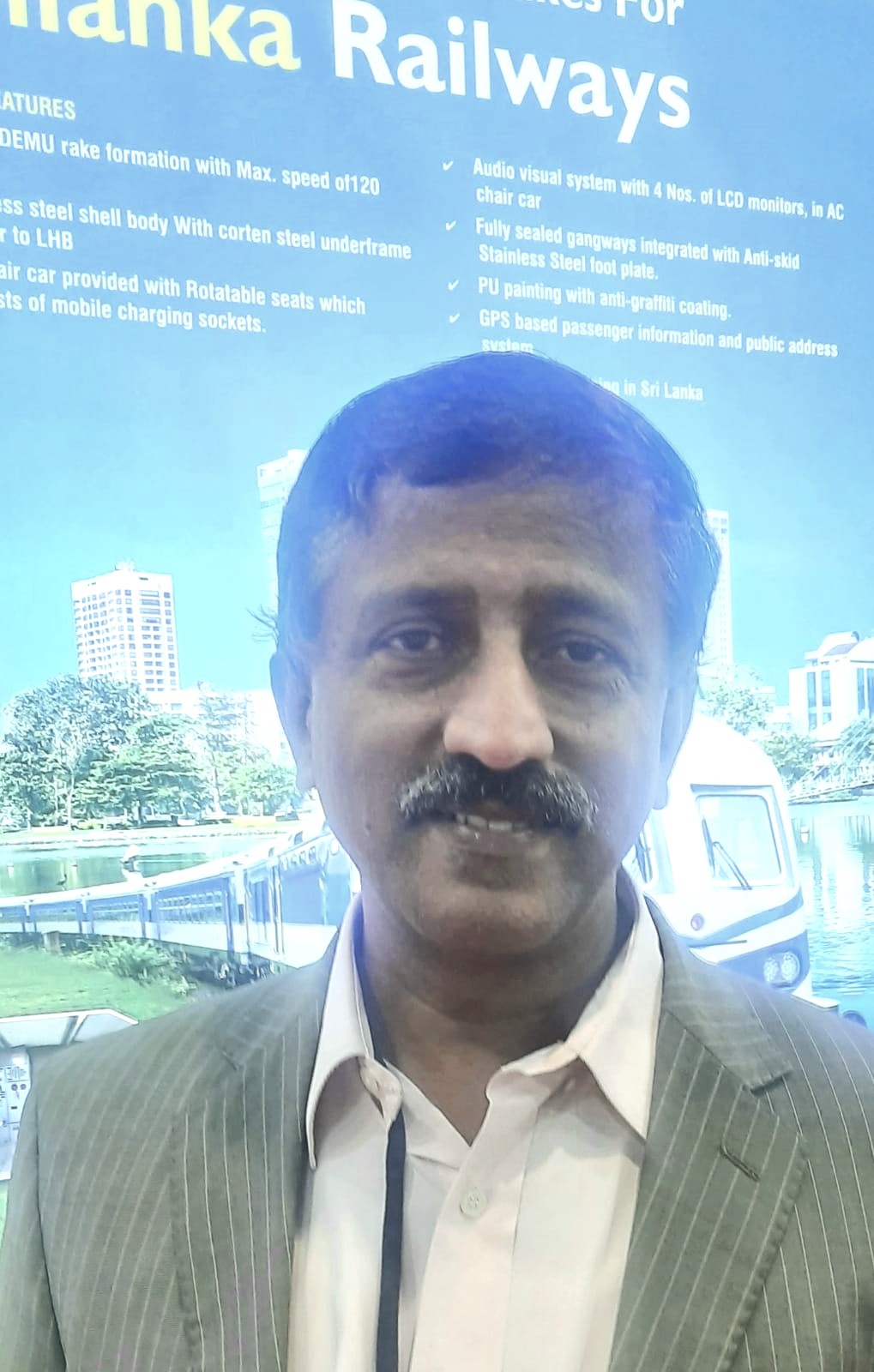An agile, transparent, and accountable legal system lies at the heart of India’s economic transformation. By curbing excessive institutional litigation—particularly from government entities—India can dramatically enhance efficiency, reduce delays, and strengthen investor confidence. When public institutions act as model litigants, they accelerate dispute resolution, allowing resources to be channelled toward development rather than wasted on protracted legal battles.
Equally vital is the systematic promotion of mediation and alternative dispute resolution (ADR) frameworks. These mechanisms offer not only speed but also foster collaborative, non-adversarial outcomes—especially crucial in civil and commercial disputes. Institutionalizing ADR with trained professionals, enforceable settlements, and standardized protocols can significantly ease judicial burdens while reinforcing business confidence.
Technology, too, must serve as a catalyst. The integration of virtual courts, AI-driven case management, digital filings, and real-time tracking systems can revolutionize accessibility and transparency across India’s judiciary. Meanwhile, innovations like blockchain for tamper-proof documentation and smart contracts for commercial agreements can embed trust and certainty into the legal architecture.
Collectively, these reforms can slash pendency rates, reduce the cost of doing business, and foster a climate of fairness and predictability. A tech-forward, solution-centric legal system must shift from being a procedural bottleneck to a powerful enabler of India’s economic ambitions.
In an exclusive conversation with The Interview World, Prof. (Dr.) Avinash Dadhich—Founding Director of the Dhirubhai Ambani School of Law at Dhirubhai Ambani University—presents a compelling case for legal reform as a cornerstone of India’s goal to become a developed nation by 2047. He emphasizes how mediation and dispute resolution mechanisms can unlock economic potential, outlines the legal fraternity’s readiness to embrace communication, training, and innovation, and urges legal academia to evolve in step with the dynamic landscape of jurisprudence.
Here are the key insights from this thought-provoking dialogue.
Q: What role can the Indian legal system play in shaping a framework to support the vision of Viksit Bharat by 2047?
A: Economic growth is fundamentally tied to the creation of economic value. In this context, law schools and legal professionals play a crucial role in fostering that value within society. One powerful way they can contribute is by mitigating risk—specifically, the risk of litigation.
When disputes are prevented before they escalate, business can thrive. The less time and capital spent on legal battles, the more room there is for economic activity. That’s the first key point.
Second, when conflicts do arise, it’s essential to resolve them efficiently through mediation and arbitration. Most parties do not willingly choose litigation; they are compelled into it, often due to a lack of understanding. The root cause is usually insufficient training during contract negotiations. People tend to focus on the commercial terms while overlooking the legal and regulatory consequences.
To address this, we must educate both lawyers and non-lawyers. They need to understand not just the letter of the law but also its future implications. Training should cover how disputes can be avoided by aligning contracts with legal frameworks from the outset. And when disagreements do occur, professionals must know how to leverage existing laws to resolve them early—before litigation begins.
Ultimately, we must build and promote a culture centred on pre-litigation strategies, mediation, and structured dispute resolution. This shift doesn’t just reduce conflict; it unlocks new pathways for sustainable economic progress.
Q: How can mediation and dispute resolution mechanisms drive economic efficiency and strengthen the business environment at large?
A: The economic impact of litigation is straightforward. When a business engages in legal battles, it diverts valuable resources—time, money, and human capital—away from productive use. In contrast, when litigation is avoided, those same resources can fuel innovation, drive product development, or enhance consumer welfare. That’s how economies grow.
Consider this: if a company spends ₹5 crore on litigation, that’s ₹5 crore not spent on improving products, creating new offerings, or investing in customer experience. In essence, economics is the science of resource allocation. From that lens, litigation represents one of the poorest uses of capital—it drains resources without generating value. It benefits no one in the long run.
Instead, strategic businesses should channel their resources toward building, not battling. That’s the smarter path to sustainable economic progress.
Q: Is the Indian legal fraternity prepared to embrace training, communication, and mediation to meet the demands of a rapidly evolving economy?
A: Yes, I believe they’re ready—because they’re suffering too. No competent lawyer in this country wants to be trapped in prolonged litigation. We all seek effective, timely solutions. However, to make that shift, we must invest in training—not just for lawyers, but also for non-lawyers.
Take economic or corporate litigation, for instance. The final decisions in such cases often rest not with legal teams, but with business leaders—CEOs, CFOs, CTOs. In-house counsel can advise, but the call ultimately lies with the executive leadership. They decide what’s best for the company.
That’s precisely why we need to educate them. If these decision-makers understand the legal landscape—rules, regulations, and how the law can support business welfare and economic growth—they’ll make better, more informed choices. Right now, many of them lack even a basic legal foundation. That knowledge gap breeds mistrust and poor decisions.
There’s also a communication disconnect. General Counsels and lawyers often struggle to engage meaningfully with business leaders simply because the latter don’t speak the language of law. This disconnect must be bridged.
We need robust training programs tailored to business professionals—programs that demystify legal principles and highlight their practical value. Once executives can sit across the table with legal teams and speak the same language, they can identify common ground. After all, there’s rarely a perfect solution—but with mutual understanding, they can chart a sensible middle path that serves their company’s best interest.
Q: How should legal academia evolve to stay relevant in an era of changing legal dynamics?
A: Legal academia must undergo transformation first. The rapidly evolving landscape of international mergers and acquisitions presents complex challenges, many of which stem from gaps in legal understanding. To navigate these dynamics, our legal professionals need rigorous training aligned with global standards. Therefore, it is imperative that law schools reform their pedagogy to reflect the realities of international legal practice. At the same time, practicing lawyers must be reskilled to meet the demands of a highly competitive and interconnected global market.









